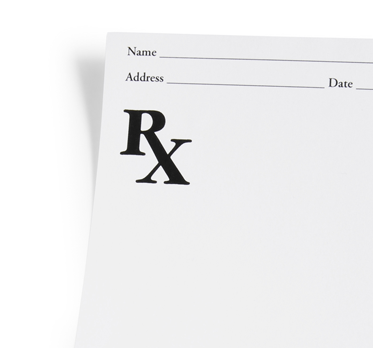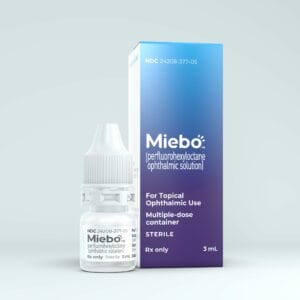April 11, 2023
I intentionally left off Aldeyra’s new agent Reproxalap when I reviewed many of the new FDA-approved drugs for 2023 because this agent required its own dedicated article. If you have been paying attention to the dry eye world in the U.S., you would know how difficult it is to bring an NDA (new drug application) through the process to a marketable drug, but Reproxalap is well on its way.
New Chemical Class of Medications for Dry Eye
In terms of the introduction of a new chemical class of medications indicated for dry eye disease, you would have to look all the way back to, well, cyclosporine. Sure, we witnessed approvals for Cequa and Xiidra, however, the FDA considered them in the same basic category as Restasis. Certainly, we could add varenicline (Tyrvaya) to the small list of new chemical entities approved for dry eye, but in terms of an eye drop for the treatment of the signs and symptoms of chronic dry eye, Reproxalap is truly the first. While Bausch + Lomb has a PDUFA date (June 28, 2023) for its chemical entity NOVO3, we expect an approval based on MGD rather than chronic dry eye.
Taking a closer look at Reproxalap reveals that it is under final review by the FDA, which has issued Aldeyra with a PDUFA date of November 23, 2023.
Reproxalap is a new first-in-class small molecule modulator of reactive aldehyde species (RASP) inhibitor. This species becomes upregulated during inflammatory events in the eye or systemically. By inhibiting this RASP cascade, we are effectively able to control inflammation on the surface of the eye without steroids. If you are an eye care professional reading this, you inherently know that steroids are not an ideal chronic treatment for the signs and symptoms of dry eye disease. Do steroids have a place in dry eye? You bet, but for every doctor who touts the notion that there are safe steroids that patients can take chronically, I’ll show you someone referred to me for steroid induced ocular hypertension or glaucoma. I don’t care which steroid you want to tout!
How Does Reproxalap Work? Fast!
Here’s a deep dive into the mechanism of action as well as the outcomes from the clinical trials submitted to the FDA for approval. Without getting too much in front of my skis, let me tell you something I want and frankly expect from a new entrant in this dry eye field – work fast, like really fast! Who wants to sit around for three to six months waiting for their “immunomodulator” to take effect?
One common theme among the 2023 approval contenders is that they work fast, like one- to two-week fast! Think about that, what a game changer for those of us in the trenches singing the same ole song and dance with our patients, and if we’re being honest, that song is stuck in our own heads too.
The nitty gritty: Reproxalap is formulated in 0.25% concentration; the vehicle concertation and incipient ingredients have not been disclosed to date. RASP inhibitors such as Reproxalap work by regulating the reactive aldehyde species. It reacts with amine groups covalently via Schiff base formation and thiol groups via Michael Addition especially in proteins. Once RASP inhibitors reach threshold amounts of binding at the proteome, RASP begin to modify protein function such as MAP kinase, protein kinase C, and other proteins that activate cytokine release and inflammation. Binding of RASP to proteins can lead to NF-KB activation and other inflammatory cascades.
Positive signs and symptoms include an ocular dryness validated survey score, increase in Schirmer score ≥ 10 mm, as well as the responder scores. Aldeyra used a Phase 2b trial where Reproxalap achieved a primary endpoint of improvement in signs and symptoms. The signs included Schirmer test improvement, TBUT, osmolarity, and corneal fluorescein staining. Symptoms included dryness, grittiness, as well as stinging and burning. The phase three clinical trial also met its primary endpoint of greater than a 10 mm increase in Schirmer score and responder proportions after just one day of dosing. The trials demonstrated rapid onset of action within minutes of application and lasting up to 12 weeks. Treatment-related side effects were mild with the most commonly reported being instillation site pain that was brief.
It should be an exciting year ahead for our dry eye, ocular surface, blepharitis, and MGD patients! Not just because of Aldeyra’s Reproxalap but also because of the other many FDA-approved drugs for 2023. When you think about it, likely two-thirds of all patients we see have some form of one of these conditions.





